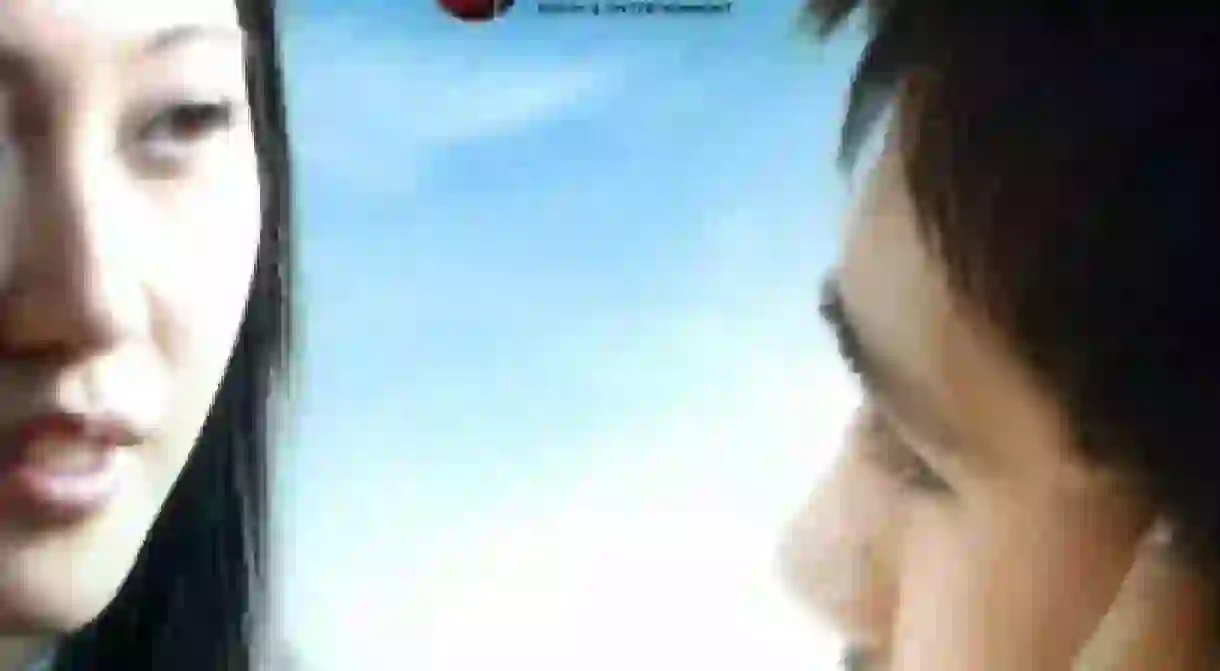How The Laos Film Industry Got Going Again

In contrast to the film industries of Vietnam and Thailand, the Laos movie business remains embryonic due to the constraints placed on it by successive governments. However, 2008 saw the release of the first privately funded Laotian film, Good Morning, Luang Prabang. Here’s how it came about.
In 1949 Laos gained independence from France, but the country was mired in civil conflicts for the next few decades, meaning the nascent film industry never got a chance to develop. Films that did open in Laos were mainly propaganda for royalist and communist groups. After the communist government seized power in 1975, the only films made were about their triumph against foreign enemies. There was a lack of independent filmmaking due to the paucity of funding and equipment , and the repressive policies of the communist government.
However, after decades of largely ignoring the film industry the government is currently showing more interest. Good Morning, Luang Prabang was the first privately funded film to be made in Laos for more than thirty years. Co-directors Sakchai Deenan and Anousone Sirisackda, a Thai and Laotian respectively, carefully considered the story, as they were aware that they needed to submit the script to the Ministry of Culture to gain the government’s approval.
“We wanted a soft storyline so it would not be too hard to get approval from the government,” Deenan said. A member of the government constantly attended the shoot to ensure that Laotian culture was portrayed appropriately. A number of scenes were cut as they were considered to be controversial.
Deenan was inspired by a visit to Laos in which he had became infatuated with a Laotian woman and imagined her as a tour guide. In the film, Sorn, a Bangkok-based Laotian-Australian journalist, is assigned to photograph Laos. He is reluctant to stay but hires a tour guide, Noi, to show him around. It’s Noi’s first time as a tour guide and so she repeatedly takes him in the wrong direction.
Sorn starts to want to know more about his Laotian father’s family and ends up returning to his childhood home. The family that remained in Laos welcomes Sorn warmly even though he has not seen them for over ten years. Sorn falls for Noi and starts to feel a part of Laos.
The film is also an attempt to reinforce bonds between Laos and Thailand, which have been strained due to Thailand’s ties with the West. The Thai comedy Mak Teh (Lucky Losers) made fun of the Lao national football team, leading Laotian diplomats to complain. Consequently, the film’s release was cancelled. The Laotian authorities also complained about an episode of the Thai soap opera Mekong Love Song, in which a Thai actor drops Lao’s national flower, the frangipani, into the river while yearning for his lover. This episode was not aired as a result.
According to Sirisackda, Good Morning, Luang Prabang aimed to present “Laotian culture, our beautiful scenery and cities.” The film was shot on a shoestring budget and took less than two weeks to film. One of the producers mortgaged his house in order to fund it.
The lead actor, Ananda Everingham, worked for almost nothing, despite being one of the most highly paid and successful actors in the region, in order to take the part of Sorn and be one of the film’s producers. Everingham wanted to play the lead character because of his own Lao ancestry. “It gave me a special energy to be in a production like this,’ said Everingham, who, like his character, is half-Laotian and half –Australian.
“It’s a small movie,” he continued. ‘We didn’t have much money, so we hit the road and shot our scenes along the way. Sometimes we just knocked on a stranger’s door and asked if we could shoot a scene in their house, and wherever we shot it became an event for the whole town.”
“As a half-Laotian, I feel a connection to the country and I want to know more about it,” Everingham added. “This film is very personal to me. In my mind, I want it to become more than just a movie. I want it to become something that can represent Laos, something that the country can be proud of. As a matter of fact, a lot of Thai people still look down on Laos, and it stings me sometimes to think about that.’
The film had its premiere in one of Laos’ two theatres in the capital Vientiane on May 24th, 2008. It was released in Thailand on June 5th. According to the director and president of Lao Art Media, Anousone Sirisackda, promoting the film abroad is necessary. “Right now, there are only a handful of movie theatres here. The audience is too small because people don’t have enough money to spend on movie tickets. So we can’t recoup our investment with local audiences alone.’
Everingham said he wanted the film to be shown internationally at festivals. ‘The project is very art-house, but I feel very patriotic about it because it’s the first independent movie in so long. It’s really a landmark for Laos.













